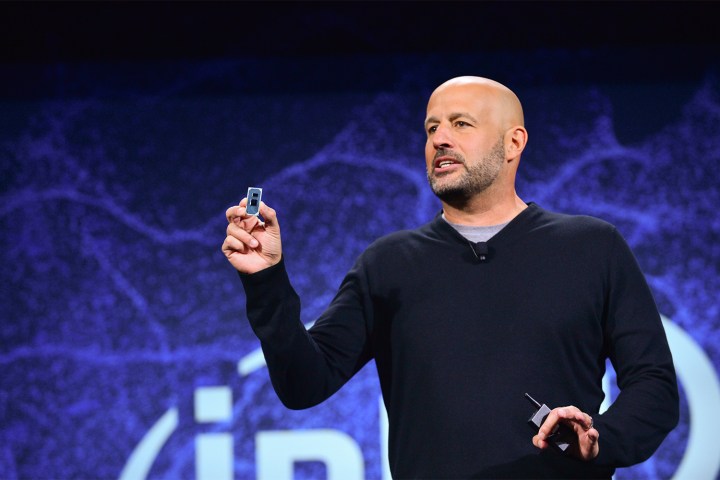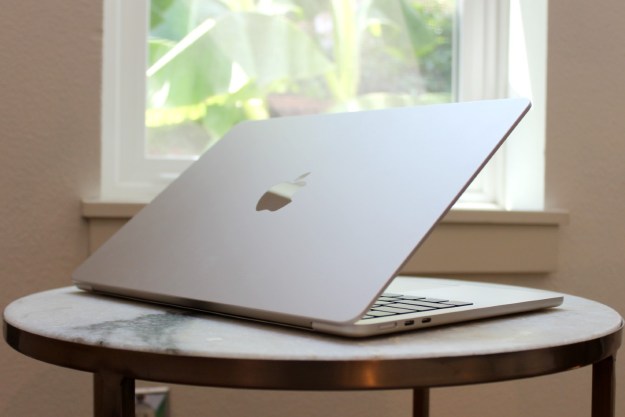Apple finally revealed the update to the 13-inch MacBook Pro. It’s hyped as the one we’ve all been waiting for. The one with the Magic Keyboard. The one with the newer 10th-gen processors. The one that would make this MacBook Pro worth buying again.
But it only takes a quick peek at Apple’s spec page to realize there’s something off with this update to the MacBook Pro. The best configurations have everything I wanted, but the base models are still seriously nerfed.
Old parts at full price

Every year, Apple updates its MacBooks with the latest Intel processors. It’s usually a bit late to the game compared to its Windows rivals, but they come eventually, and they’re precisely tuned to play nice with Apple. In the case of the 13-inch MacBook Pro, it usually receives a beefier, 25-watt processor from Intel. This improves performance compared to a typical 13-inch laptop (in theory, at least).
But with the new MacBook Pro, Apple has confused the whole system. Its base model still starts at $1,299, but it’s stuck on 8th-gen Intel processors. These are the same quad-core processors that have been in MacBook Pros since last summer. You only get the bump to 10th-gen processors starting at $1,799. Want Intel’s Core i7? That’ll cost you $1,999. Yes, two grand just for a modern Core i7!
The $200 gap between Core i5 and Core i7 is standard, but selling old parts at full price isn’t.

Every other laptop manufacturer, from Dell to Lenovo, has brought 10th-gen processors to all its
But with the MacBook Pro, Apple seems happy to upsell 10th-gen chips at a premium. The average MacBook Pro buyer isn’t likely to be familiar with Intel’s latest processors, or the way the company staggers releases. Apple’s latest release takes advantage of that confusion.
An older processor means worse performance. In this generational jump, the difference is around 15% in benchmarks. As for graphics, you’ll miss out on Intel’s improved Iris Plus graphics that come exclusively with 10th-gen Ice Lake processors. Apple itself claims up to an 80% jump in graphics performance if you pay more for the new Intel chip.
Base models also lose out on features like Wi-Fi 6 and Bluetooth 5, faster connections that will pay off with future generations of products.
Beyond the processors, Apple holds off on other important updates for higher configurations, such as faster 3,733MHz memory and the option for 4TB of storage. The quicker RAM is even available on all configurations of the new MacBook Air, but here it’s reserved for big spenders.
Intel’s problems could be holding things up

What’s the deal? Well, there is one possible explanation for the fuss. It’s Intel’s problem, but as always, it has implications on what Apple is able to do.
Intel has struggled with its new 10-nanometer production process. It finally showed up in late 2019 in the form of Intel’s “Ice Lake” processors, which are used in everything from the Dell XPS 13 to the MacBook Air. They never came to desktop, or to any processor over 15 watts. The company has publicly acknowledged that 10nm will never be Intel’s best node.
So, what happens when Apple comes knocking, asking for its usual custom 25-watt processor? Well, availability might be slim. That’s especially true in the current moment, with supply chain issues and economic uncertainty in the mix.
Neither Apple or Intel have confirmed this possibility, but it would explain why Apple easily updated its entire MacBook Air line to 10th-generation without an issue. The 9-watt processor might be easy for Intel, but a 25-watt chip at the volume Apple needs for the MacBook Pro could be a problem. Apple would want to guarantee a certain level of performance, and that would force it into a tough decision.
Here are the options: Reduce the price of these cheaper models or play up the “new features” on the expensive models. It would have been the perfect time for a price cut (as it was with the MacBook Air). Even $100 would acknowledge the fact that you’re paying for an old processor and slower
Apple still lacks a great $1,300 laptop
Does that make the 13-inch MacBook Pro a complete whiff?
Not at all. There will be plenty of people who buy the $1,299 MacBook Pro just to get the better keyboard and extra storage. I’m happy for them. Fixing the older model’s disappointing keyboard is a big deal.
Still, the MacBook line lacks a true competitor to
Apple’s MacBook Air also fails to fill the gap between entry-level and ultra-luxury Macs. While the Air has updated Intel hardware, it also sacrifices performance for thin design and simplicity. Midrange Air models simply can’t keep up with price-competitive models from Dell, HP, Lenovo, and others.
This leaves Apple’s Mac lineup in an awkward place. Budget buyers who don’t have demanding needs can grab the Air. Extreme users can pick up an upgraded MacBook Pro 13 or Pro 16. Everyone else is left without a good option. A $1,500 MacBook Pro 13 configuration isn’t bad, exactly, but what you receive for your cash is far less than what you can buy from the competition.
Perhaps the 14-inch MacBook Pro will finally fill this gap.
Editors' Recommendations
- These 6 tweaks take MacBooks from great to nearly perfect
- 5 laptops you should buy instead of the M2 MacBook Air
- The biggest threat to the MacBook this year might come from Apple itself
- The case for buying the M2 MacBook Air over the M3 model
- Why you should buy a MacBook Pro instead of a MacBook Air


